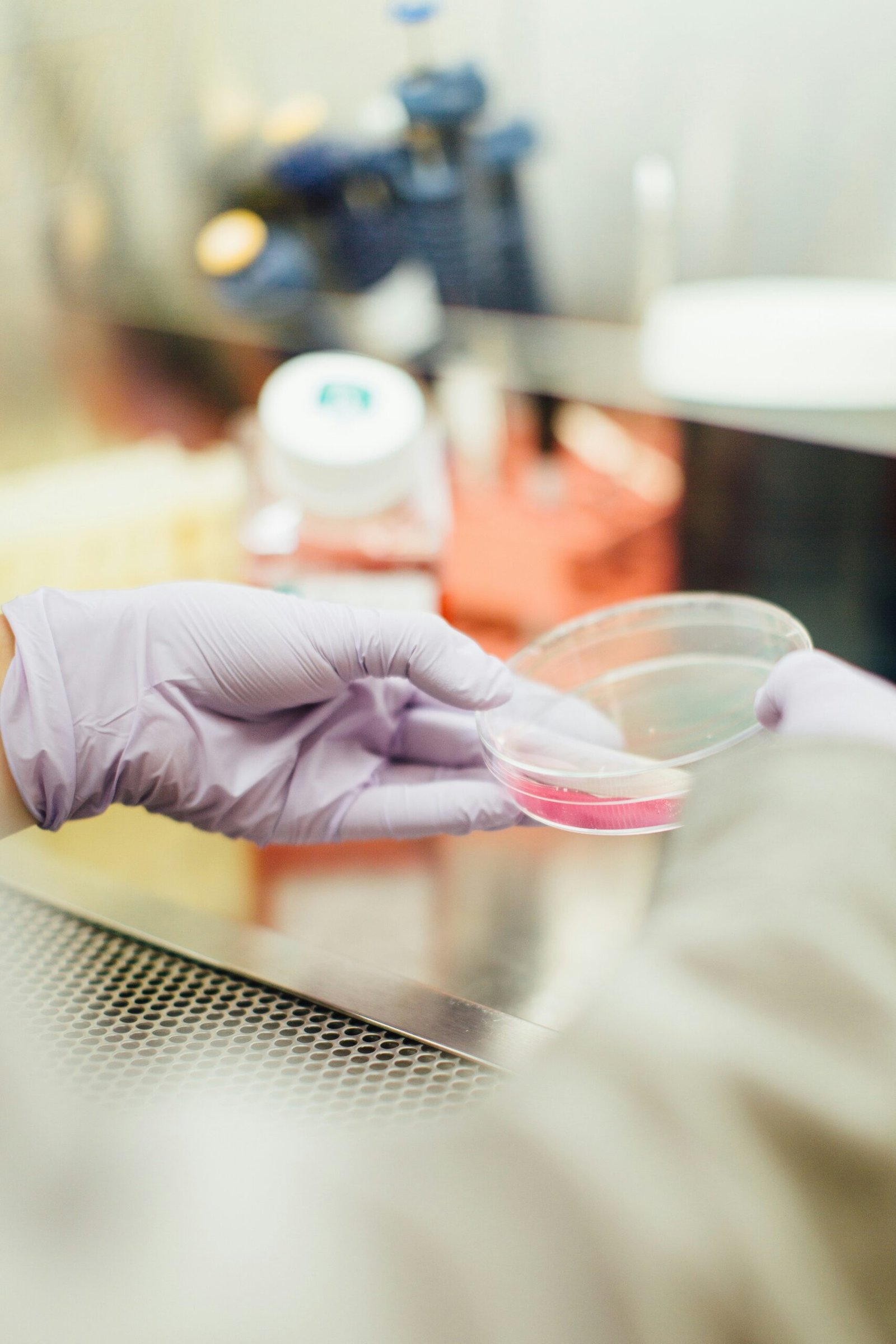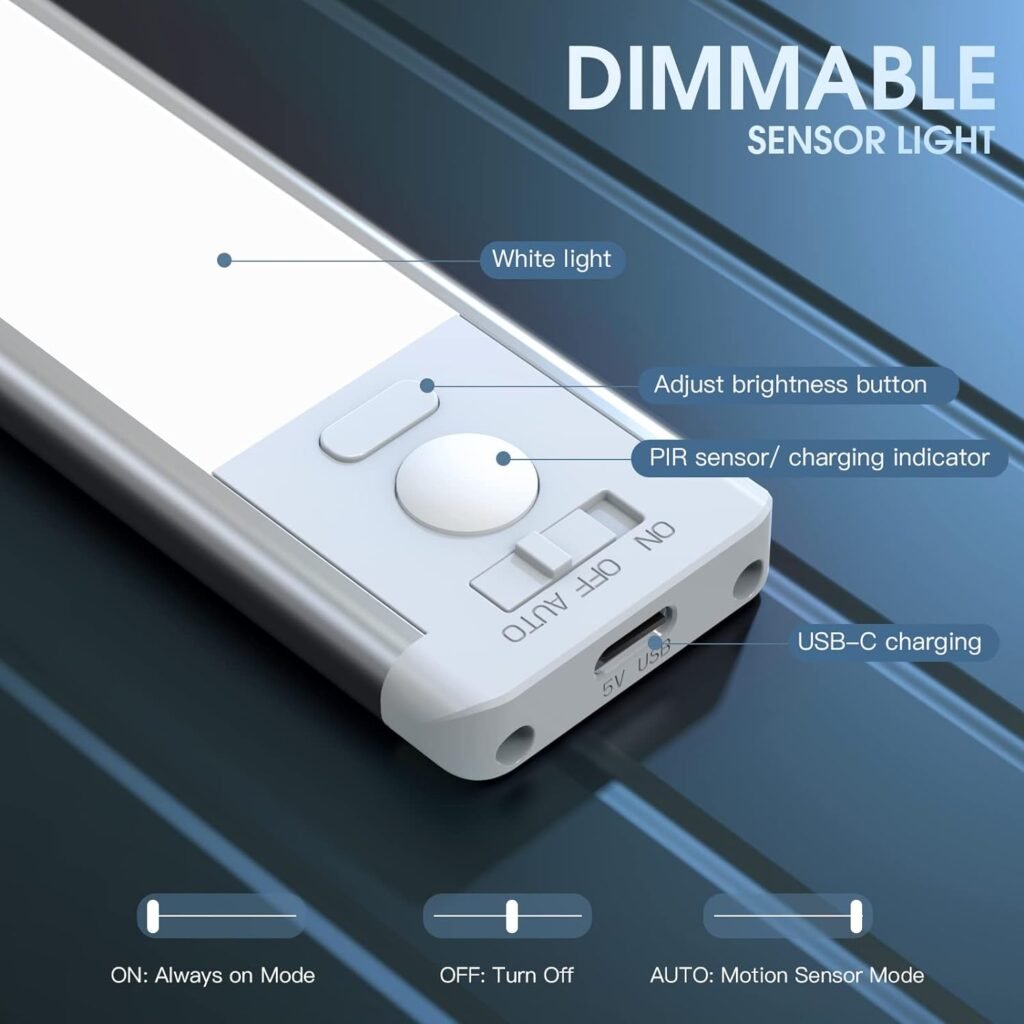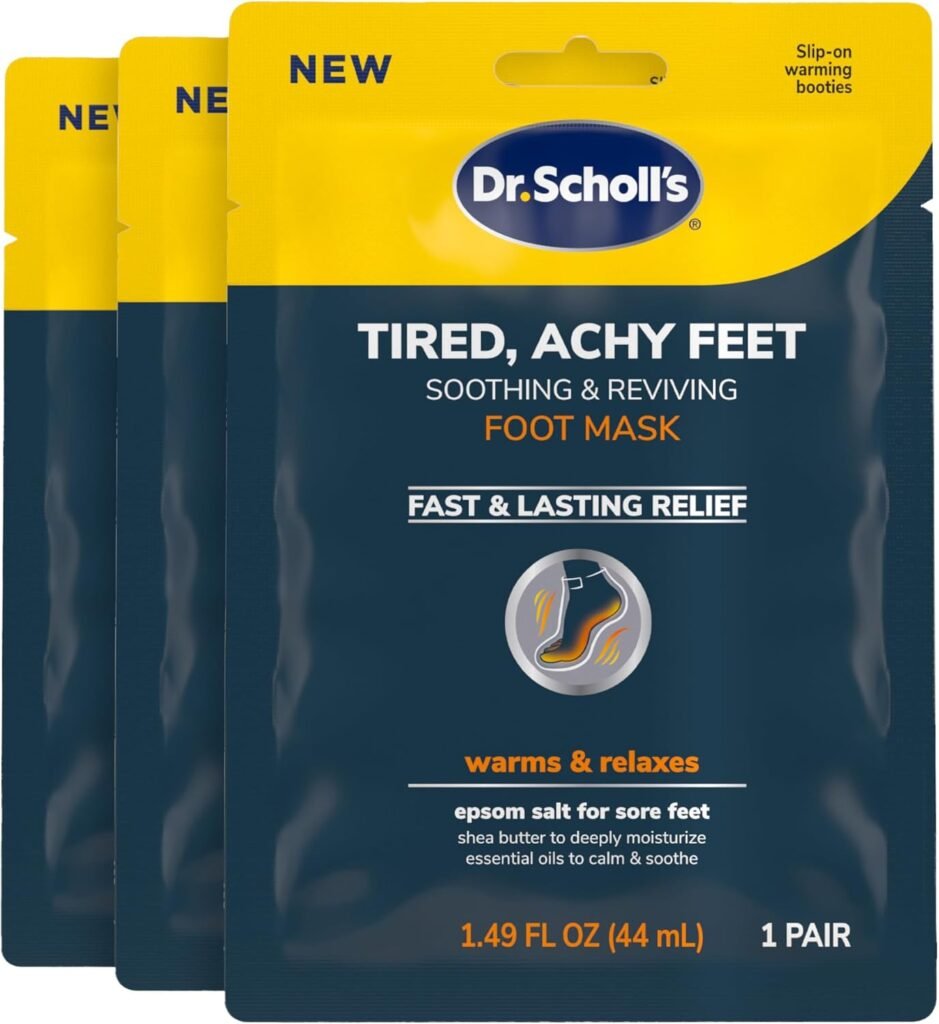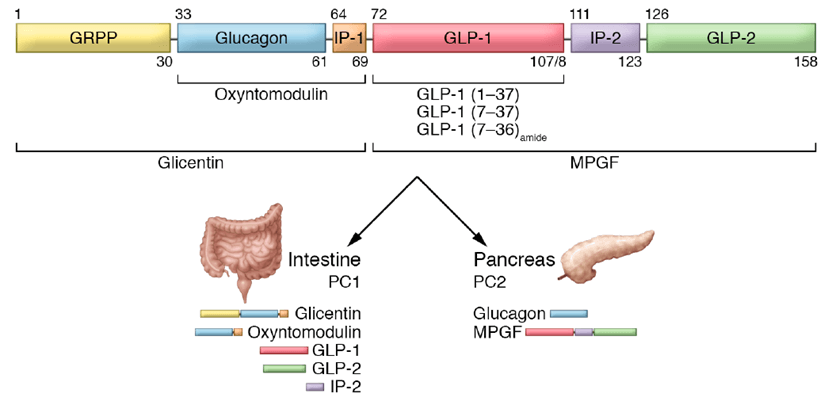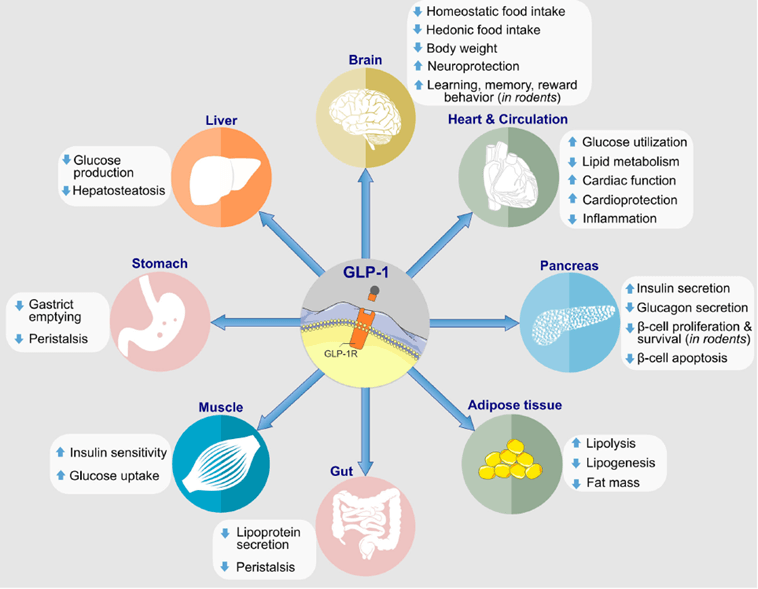Understanding Medicaid and CHIP
Medicaid is a vital public health insurance program designed to aid individuals and families with low income, ensuring they have access to essential medical care. Established in 1965 under the Social Security Amendments, Medicaid has grown exponentially, becoming a cornerstone of the U.S. healthcare system. It is jointly funded by federal and state governments but administered at the state level, allowing for some variation in coverage and benefits across states.
The primary objective of Medicaid is to offer a safety net for vulnerable populations, including low-income adults, children, pregnant women, elderly adults, and individuals with disabilities. Unlike many private insurance plans, Medicaid often covers comprehensive health benefits, including hospital and nursing home care, outpatient services, and long-term care. Many states have also expanded their Medicaid programs under the Affordable Care Act to cover additional low-income individuals.
Parallel to Medicaid is the Children’s Health Insurance Program (CHIP), introduced in 1997 to bridge the gap for children in families with incomes too high to qualify for Medicaid but too low to afford private insurance. CHIP’s role is crucial in reducing the number of uninsured children and providing them with necessary health services. Like Medicaid, CHIP is a partnership between federal and state governments, with states having flexibility in designing their programs.
CHIP typically covers a broad range of services specifically designed to meet children’s health needs. These include routine check-ups, immunizations, doctor visits, prescriptions, dental and vision care, inpatient and outpatient hospital care, laboratory and X-ray services, and emergency services. The coverage under CHIP ensures that children receive early and preventive care, which is essential for their healthy development.
Both Medicaid and CHIP serve as fundamental components of the U.S. healthcare system, offering critical insurance coverage to millions of low-income individuals and children. Through these programs, the government aims to promote health equity and improve access to necessary health services, ultimately fostering a healthier population.

Eligibility Requirements for Medicaid and CHIP
Understanding the eligibility requirements for Medicaid and the Children’s Health Insurance Program (CHIP) is crucial for determining whether you or your family members qualify for these essential healthcare services. The criteria for Medicaid and CHIP can vary significantly by state, but there are common factors that are universally considered.
Medicaid eligibility is primarily determined by income, measured against the Federal Poverty Level (FPL). Generally, Medicaid services are available to low-income families, pregnant women, the elderly, and individuals with disabilities. The income limits vary depending on the specific category you fall under. Additionally, many states have expanded Medicaid under the Affordable Care Act, extending coverage to adults under 65 with income up to 138% of the FPL.
Age is another significant criterion. CHIP typically covers children and teens up to age 19 who do not qualify for Medicaid. For Medicaid itself, age-specific eligibility groups can include infants, children, and elderly individuals.
Residency requirements mandate that applicants must be residents of the state in which they are applying. U.S. citizenship or specific qualified non-citizen status is also required, although there are some exceptions based on individual state policies.
Other qualifying factors include family size and disability status. Family size can affect income thresholds, with larger families having higher allowable income limits. For those with disabilities, Medicaid provides additional pathways to qualify for benefits beyond just income criteria.
Certain population groups benefit from categorical eligibility. This includes pregnant women, who typically receive extended coverage under Medicaid, and individuals requiring long-term care. Children in foster care and individuals enrolled in other state assistance programs may also qualify automatically.
It’s worth noting that eligibility can indeed vary by state. Some states may offer more generous income limits or additional services compared to others. Therefore, it’s crucial to consult your state’s specific Medicaid office or online resources for detailed information about local eligibility requirements.
Collectively, these criteria aim to ensure Medicaid and CHIP are accessible to those who need them most, providing a lifeline for healthcare to millions of eligible individuals and families across the United States.
How to Apply for Medicaid and CHIP
Applying for Medicaid and the Children’s Health Insurance Program (CHIP) involves several pivotal steps to ensure a smooth process. Accumulating the necessary documentation upfront is crucial; this typically includes proof of income, citizenship or immigration status, and other personal data. Each state might request slightly different documents, so it’s essential to verify the specific requirements in your area.
Applications for Medicaid and CHIP can be submitted in various ways, making the process accessible for everyone. Most states facilitate online applications through dedicated websites. This method allows applicants to complete the process at their convenience, usually with helpful instructions provided throughout. Alternatively, in-person submissions can be carried out at local Medicaid offices or community health centers, where staff members are available to guide individuals through the paperwork. For those who prefer traditional methods, applications can also be mailed directly to the respective state’s Medicaid office.
During the application review process, it is vital to provide accurate and precise information. Any discrepancies or errors can lead to delays or even denial of benefits. A thorough double-check of all submitted materials can preempt these issues. It’s also advisable to keep copies of all documents and application forms for personal records.
Each state has its own set of eligibility criteria and procedures, hence being aware of state-specific instructions is indispensable. State websites and local offices typically offer comprehensive guides tailored to their unique regulations. For instance, some states might have additional requirements like asset tests or different income thresholds.
Expect a review period post-submission where the provided information is meticulously evaluated. During this time, applicants might be contacted for further details or clarifications. Keeping an open line of communication with the state’s Medicaid office ensures any follow-up requests are promptly addressed.
Overall, meticulous preparation and adherence to state-specific guidelines can significantly enhance the efficiency of the Medicaid and CHIP application process. Familiarizing oneself with local procedures and thoughtfully compiling all necessary documentation are foundational steps for a successful application experience.
Renewing Your Medicaid or CHIP Coverage
The process of renewing Medicaid or CHIP coverage is essential to maintaining continuous health insurance benefits. Understanding the timeline for renewal, as well as the required documentation, can help ensure that your coverage is not interrupted. Typically, Medicaid or CHIP renewal occurs annually, but some states may have different timelines. It is crucial to keep track of your renewal date and to respond promptly to any renewal notices you receive.
To renew your Medicaid or CHIP benefits, you will generally need to complete a renewal form and provide updated information about your income, household size, and any changes in your health status. The specific requirements may vary by state, but common documentation includes pay stubs, tax returns, and proof of residency. Failure to submit the required information on time can lead to a temporary loss of coverage or even disenrollment from the program.
Changes in circumstances, such as an increase or decrease in income, a change in family size, or developments in health conditions, can significantly impact your eligibility for Medicaid or CHIP. It is important to report any such changes to the relevant state agency promptly. This ensures that your eligibility can be reassessed and your coverage adjusted accordingly.
If you miss your renewal deadline or fail to provide the necessary documentation, you may face gaps in coverage. This can leave you without essential health benefits temporarily, making timely renewal critical. Moreover, some states may impose penalties for late renewals, adding an additional stressor to securing your health needs.
Being proactive about your Medicaid or CHIP renewal will help maintain seamless access to healthcare services. Keep all pertinent documents organized, stay aware of your renewal timeline, and promptly address any changes in circumstances to avoid disruptions in coverage. Ensuring continuous coverage is vital for your health and well-being, and understanding the renewal process is a crucial step in safeguarding your Medicaid or CHIP benefits.


